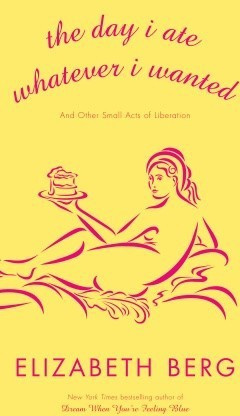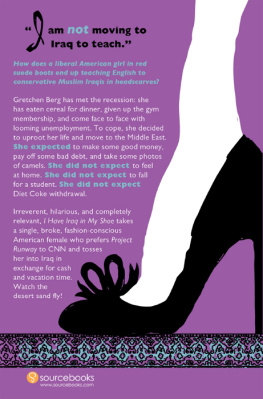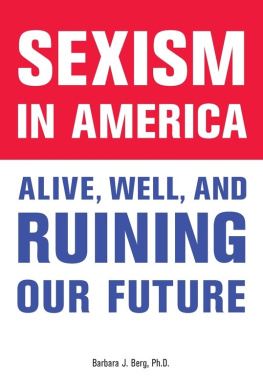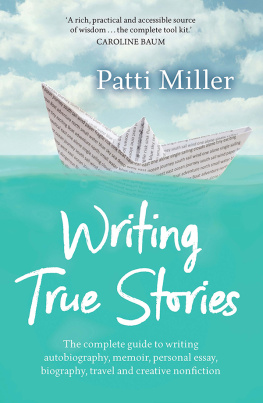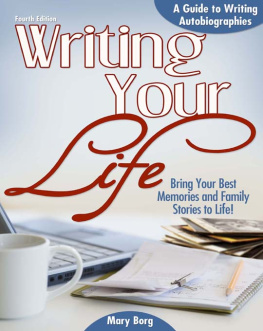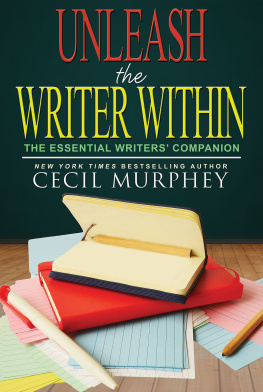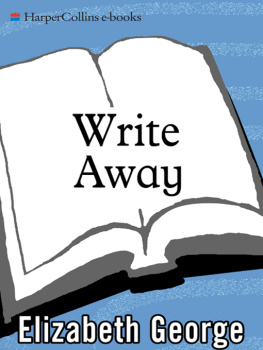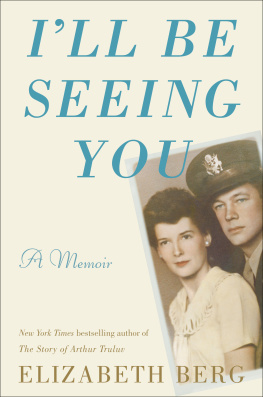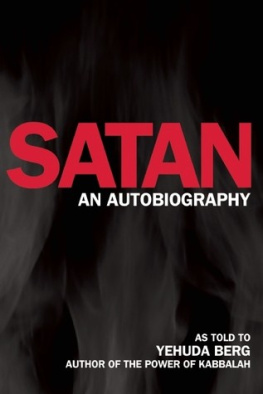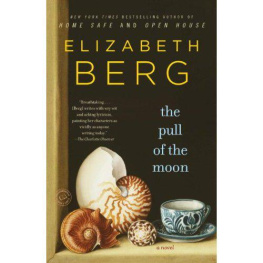
Ive been writing professionally for twenty-seven years. Ive published hundreds of magazine articles, nineteen novels in eighteen years (many of them New York Times bestsellers), two short story collections, and two works of nonfiction. Ive always said that, for me, writing is joyful, effortless. But recently the creative road, once so unalterably smooth and sunny, turned dark and bumpy. Doubt crept in, despair. A kind of flat weariness. I needed counsel and inspiration, and one of the places I turned to for help was a book on writing. This is odd, because Im not really a big fan of books about writing. Even odder is that the book I turned to was my own, the very book youre holding in your hands. And, as immodest as it must sound, I will tell you that I found exactly what I needed. (In Chapter 6, if you must know.)
Escaping into the Open: The Art of Writing True came about because I wanted to have something to refer people to when they asked questions about my process, even though I agreed with E. B. White who, when he was asked about his process, said he didnt much like to look under the hood. But in writing this book, I did look under my hood, and I offered literally all I know and believe about writingeverything from utilizing your sense of smell to help tell a story to tips for finding an agent. I added my own experiences in the publishing world, and along the way debunked some myths. I put in writing exercises that can be used again and again, as well as some words of great wisdom from other authors, some of whom teach writing. I also included a few recipes, because I like recipes, and my then-editor, Marjorie Braman, was congenial enough to let me do so.
The book was published in 1999, and I went out on tour with it. Book tour is a vulnerable time for a writer; one pays attention to critical reviews, of course, but one really pays attention to what the people say, the 99 percent, as it were. At my very first signing, I did my presentation. Afterward, a woman rushed up to be first in line to have her book signed. As I inscribed it, she said, I have to tell you, I just loved this book!
Really? I asked, thrilled.
Yeah, she said. That chocolate cake is terrific! She showed me the page in her book that had the recipe on it (Chapter 12), and it bore the characteristic splatters of a recipe well loved and used.
Happily, she loved more than the recipes. She loved the exercises; she said that through them she discovered something about herself and her mother that she had never known, at least not consciously. Something about the exercises made her dig deep.
All these years after the book was published, I find that it still holds everything I know and believe about writing. People are still buying it. Teachers use it in their classrooms, all the way from elementary school to college and beyond. Writers have told me they keep the book beside them on their desks to function as a silent cheerleader. More than one person has sent me an exuberant letter saying that he or she got something published based on one of exercises in this book. That is why my publisher has reissued it, with a new cover andbonus!with a few new exercises, too.
I used to think that books about writing were bogus. I thought they attempted to deconstruct a fragile and dreamy process that by its very nature defied such a thing. I thought that creativity held up under intense scrutiny about as well as love does, and that to try to capture whatever makes writing work was the same as capturing a butterfly, which, when it is captured, is no longer a butterfly at all, not really.
But as the great Joni Mitchell says, life is for learning. Writing Escaping into the Open taught me that process can be demystified. Technique can be taught. Paying attention, noticing , that vital tool that every writer needs to use, can be taught. The need for restraint can be taught, as can the need for expansion with details. And trust can be taught. And retaught, as it seems it must be. When youre a writer, you are a fragile person doing a fragile thing; what must sustain you is your own idea of the worth of your work, even if no one else believes in ityet.
I still believe that writers are born, not made, that they come into the world with a need to express themselves on paper, whether they seek to be published or not. But I also have come to understand the worth of having a little help now and then, some vital support. Escaping into the Open will give you that. As well as a terrific recipe for chocolate cake.
Elizabeth Berg, 2012

All writing is communication; creative writing communication through revelationit is the Self escaping into the open.
E. B. W HITE
I am sitting in a coffeehouse, listening to the big band music they play here, to the explosive sounds of the espresso machines, to the subtler noise of cash registers and conversation. Across from me, a man of about sixty takes the hand of a woman about thirty and looks at her, sighing. Then he starts speaking in a low and urgent tone, in a language I cant understand. Two tables away from me, there is a serious-looking young man with a notebook before him, writing. He was here yesterday, too, doing the same thing. His handwriting is small and cramped, and he keeps one hand over what hes just put down. Im dying to read it. I want to go up to him and say, Can I see? But I wont. Obviously, hes not ready to share. I watch him sipping his coffee, bending over the page to write a few lines, then staring into space, thinking.
It could be that the man is writing a term paper. Or a letter to his father, or to his girlfriend. But I dont think so. There is something about his face, about his manner. I think hes writing something more creative than that, answering an insistent call to transfer whats in him, out.
Last night, as we ate dinner, I told my partner about what Id done that day. I said I had been to the pet store, where I watched the owner kiss a gray parrot that kissed him right back. I told him about the ragged V shape of the Canadian geese I saw fly across the sky, about the one goose in the rear that honked and honked, complaining about his seat assignment, no doubt. I described the waitress in the restaurant where I ate lunch, a stringy-haired blonde with cigarette breath who talked tough to all her customers, but who made one man finish his orange juice, because he had a cold. And then I told about a taxi driver Id seen, a man who stood patiently waiting at the cabs open door while his fare walked toward it. She was an old woman, using a walker, and her progress was remarkably slow. But the cab driver did not look at his watch and curse his fate at having a customer who required so much extra care. Instead, he stood smiling, nodding, telling her to take her time, that she was doing just fine. It was a wonderful example of common kindness, the kind of thing that makes you think people are a pretty swell species after all. Everyone who saw that cab driver helping the old woman seemed to experience a certain elevation of spirit, as I did.



